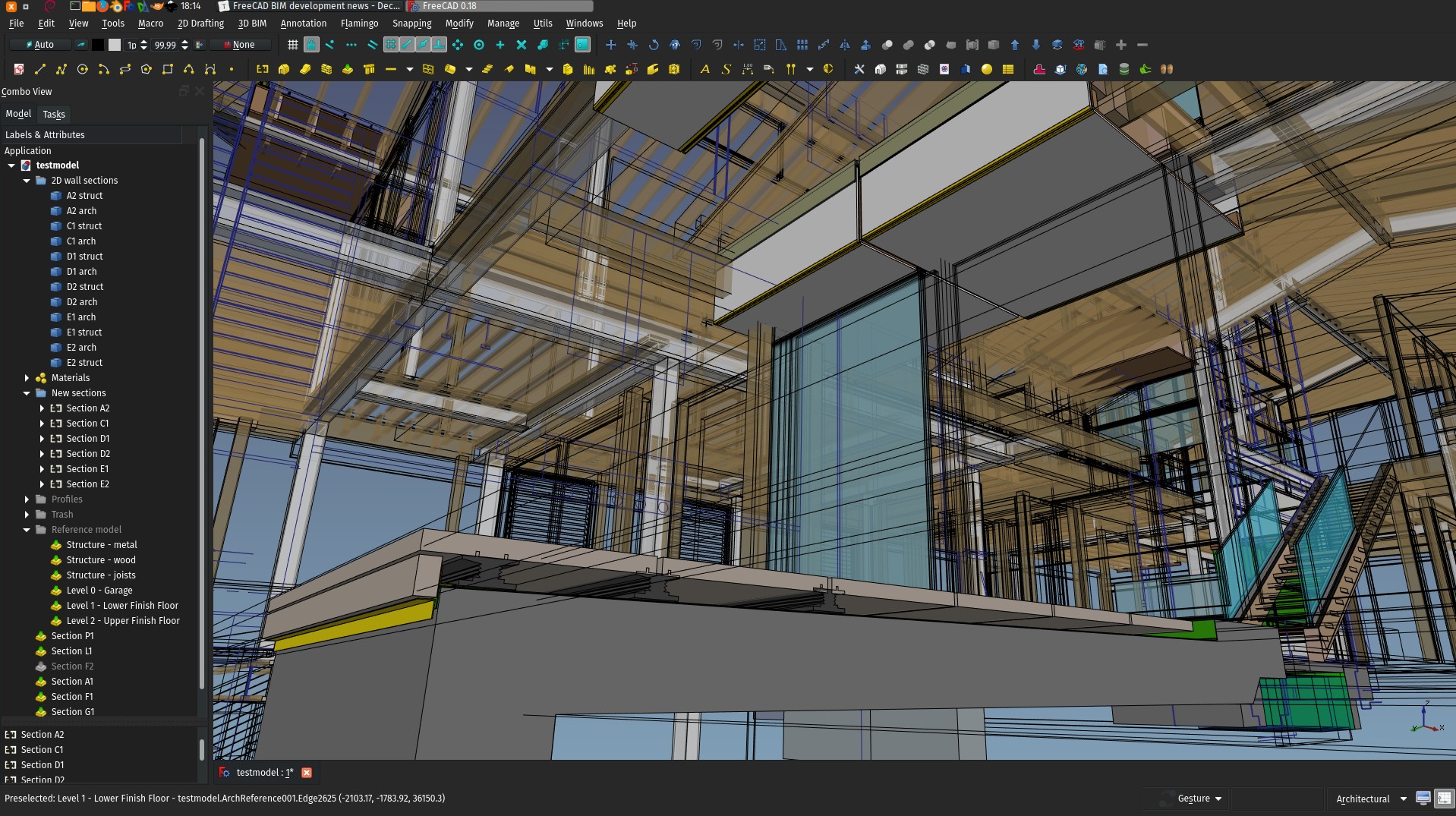

“How many sides does your cylinder have?” might be being overly pedantic, but I’m not sure how well some CAM packages handle those cases? Dear CAM package, this shaft is not a 50 sided polygonal prism, but is instead supposed to be a cylinder, could you pretend I have one here and maybe use some G02’s and G03’s? It’s a pretty moot point on 3D printing because almost every slicer just works with STL’s, which are triangles. I think all 3 are probably great for a lot of 3D printing tasks (which was the question being asked), but using a lot of triangles when doing other types of CAM seem like a bad idea. ĭifferent horses for different courses (and this course was definitely 3D printing), but I had some generic questions.
handy for making parts which must work togetherĮxample: here’s a coffee grounds scoop I designed. can use Customizer source and modify the design (Code)rather than the implementation of the design (the STL). can generate complicated mathematical models. relatively small user base - harder to get help. You write procedures with graphics primitives (cube, cylinder, rotate, translate, et al) to describe the model. If you like programming, you might like OpenSCAD. Your (and others’) models avail From anywhere. basic shapes only, but can add/subtract other shapes. more like traditional CAD (could also be a minus). has more sophisticated tools than TinkerCAD.  Sometimes gets faces “reversed” which can confuse slicers. editing/rescaling can cause bizarre warping if not approached carefully. Can be frustrating when drilling holes. Following that are some comments on OpenSCAD. My comments are mostly contrasting those two tools. More recently I’ve tended to turn to TinkerCAD for quick designs.
Sometimes gets faces “reversed” which can confuse slicers. editing/rescaling can cause bizarre warping if not approached carefully. Can be frustrating when drilling holes. Following that are some comments on OpenSCAD. My comments are mostly contrasting those two tools. More recently I’ve tended to turn to TinkerCAD for quick designs.






 0 kommentar(er)
0 kommentar(er)
